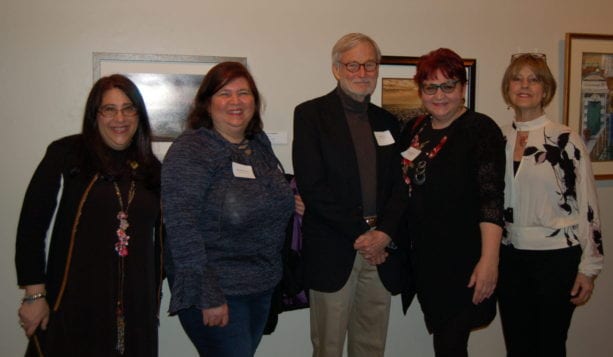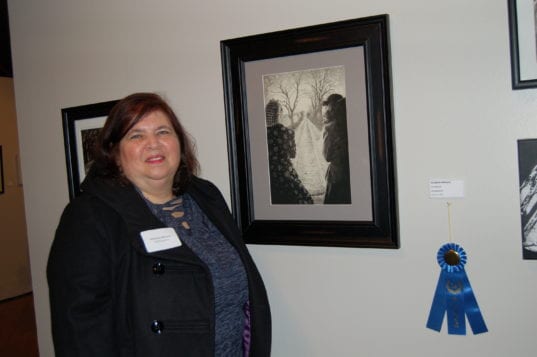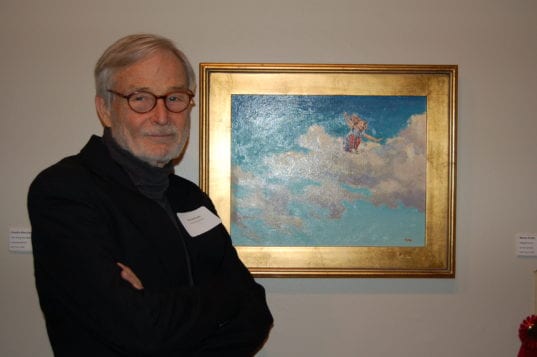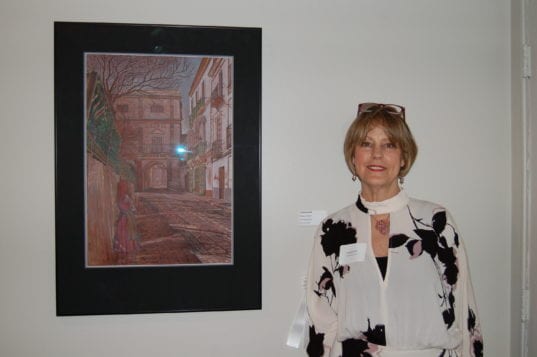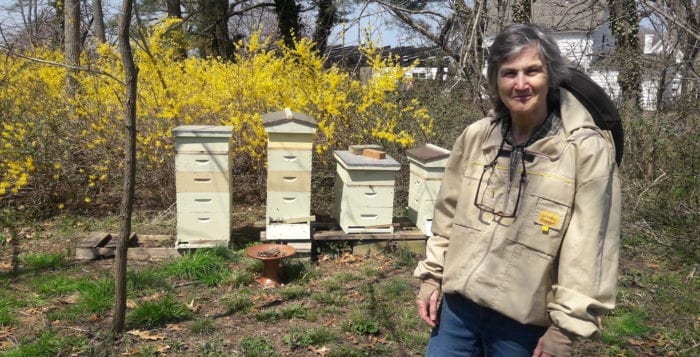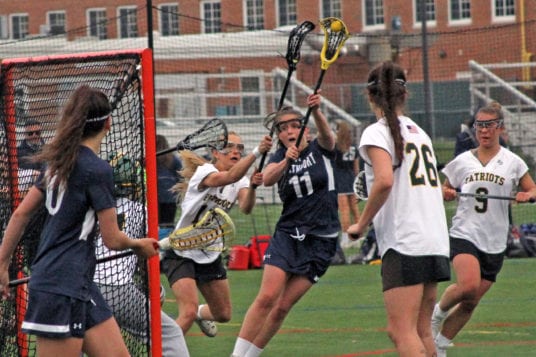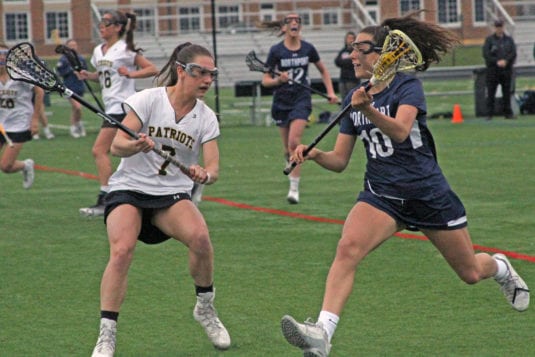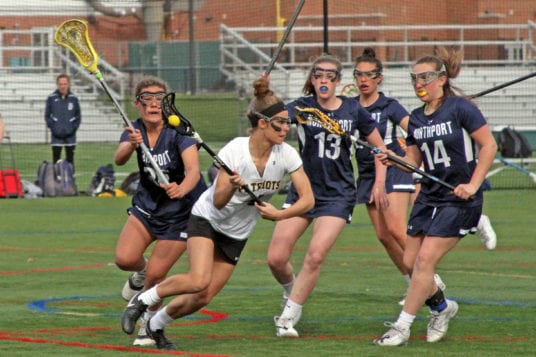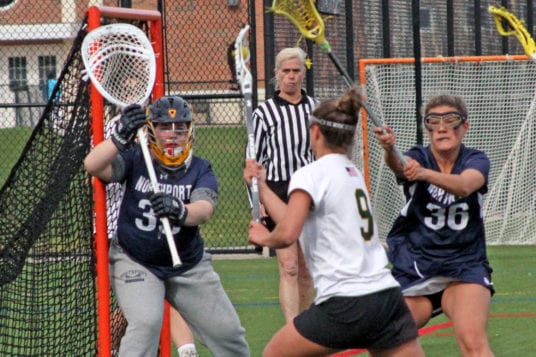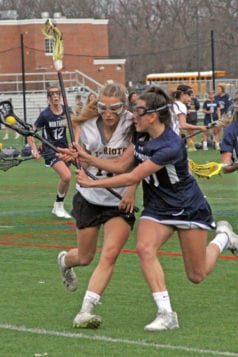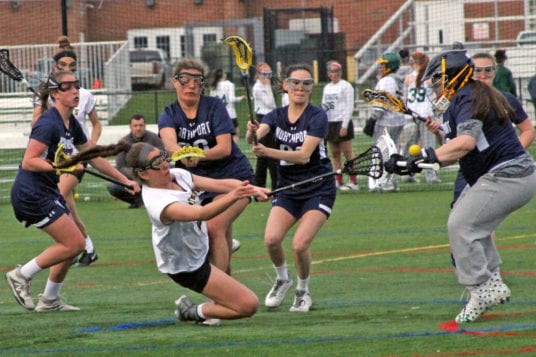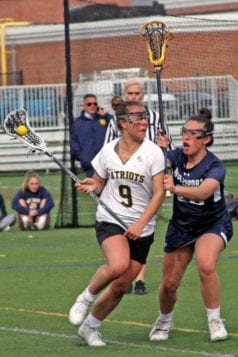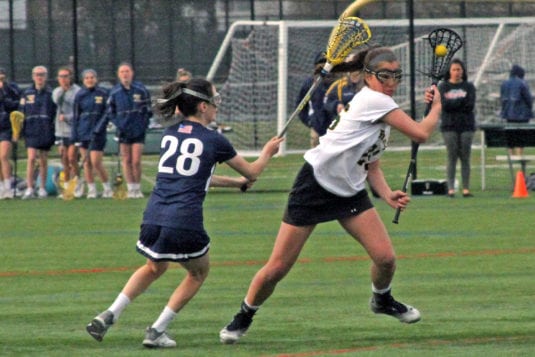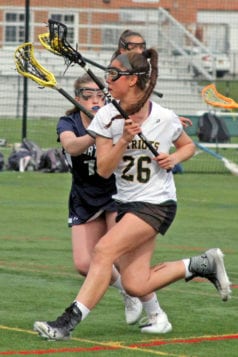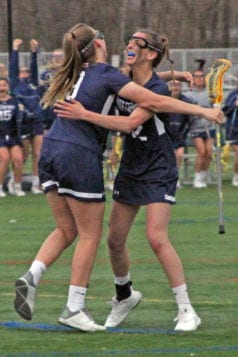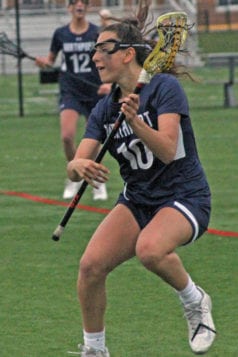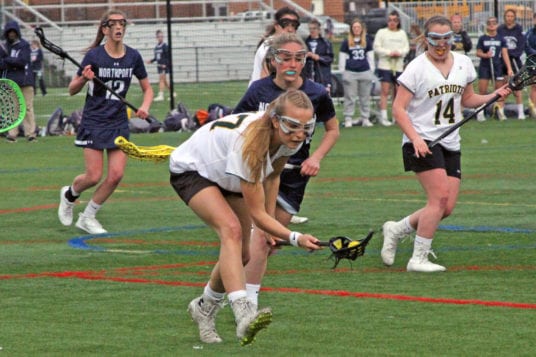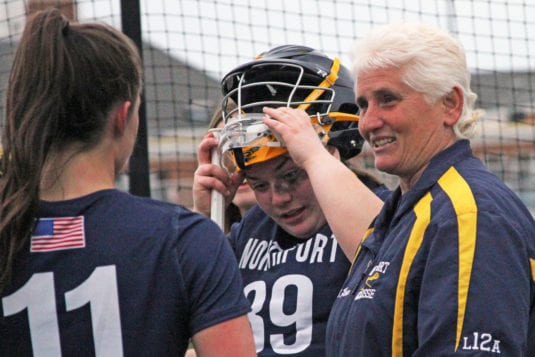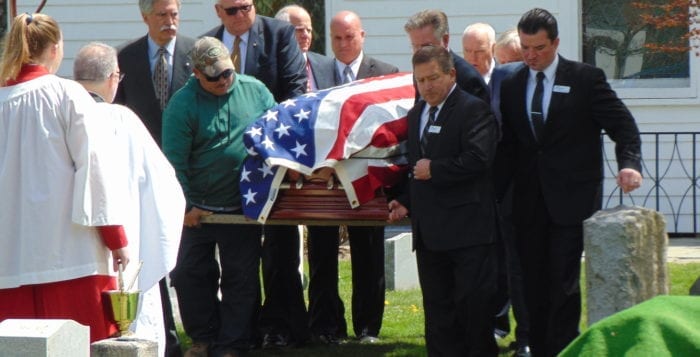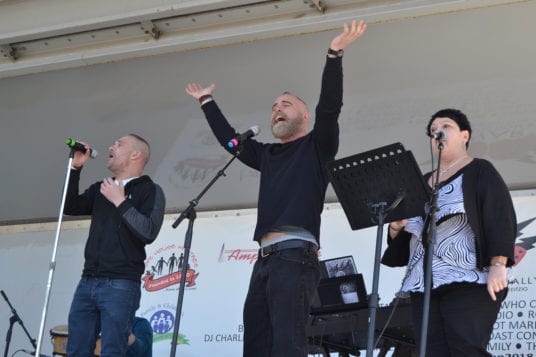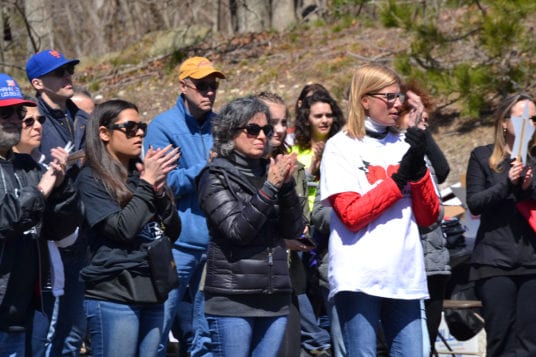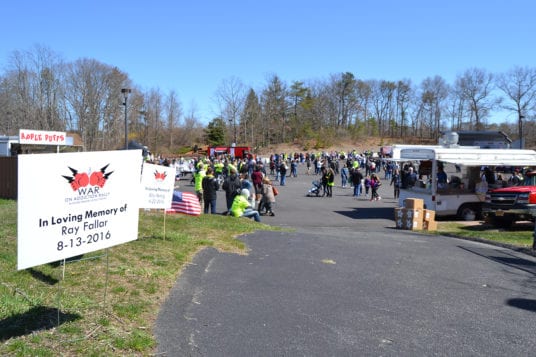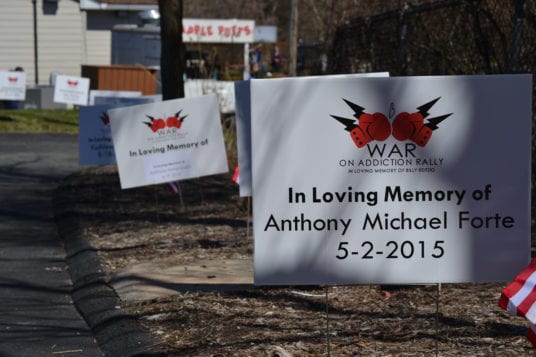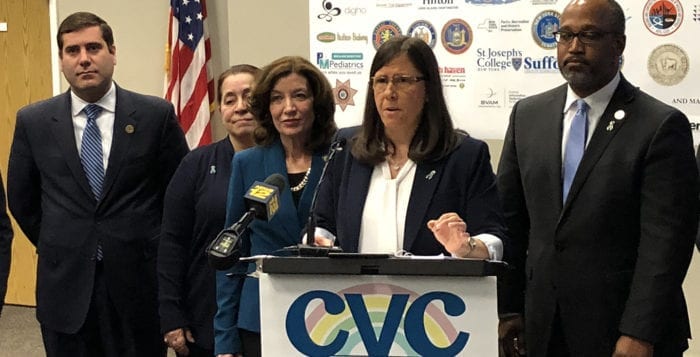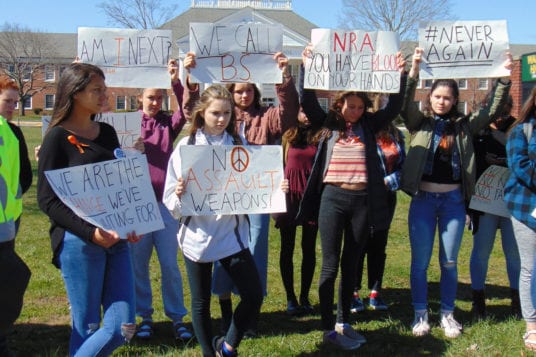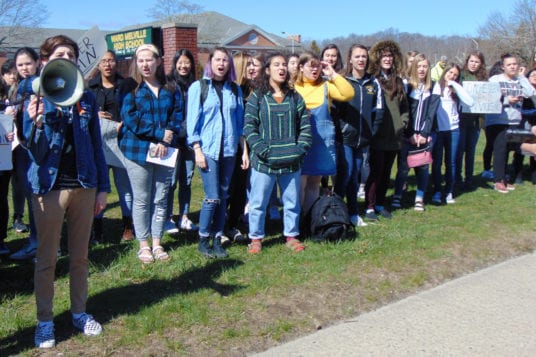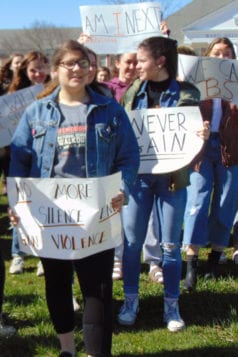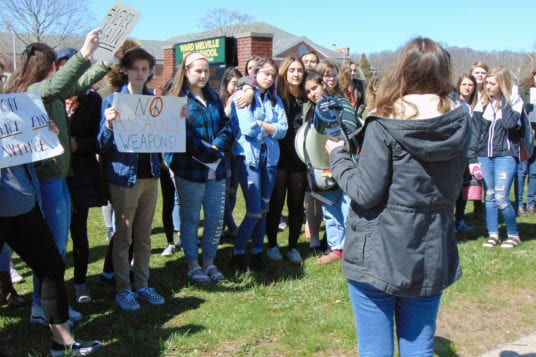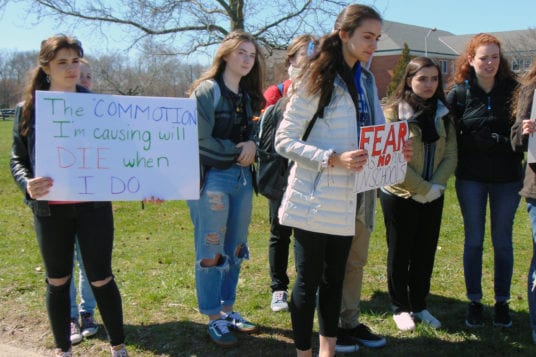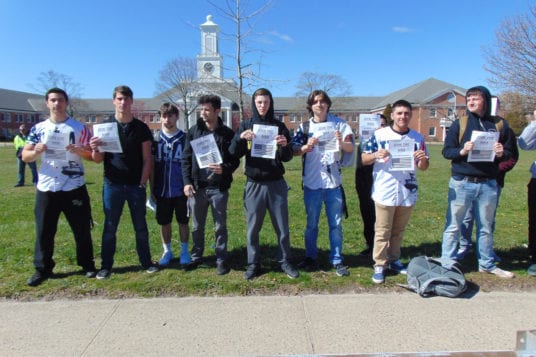Winners honored at art reception on April 20
By Heidi Sutton
Wanderlust: a strong desire for or impulse to wander or travel and explore the world.
The Long Island Museum in Stony Brook kicked off its 2018 juried art competition, Wanderlust, with a standing room only artist reception on April 20.
Amateur and professional artists were invited to submit up to three pieces using the desire to travel as their inspiration.
Neil Watson, executive director of the LIM, opened the reception by congratulating the artists.“You deserve a huge hand. This is one of the strongest shows that I’ve seen in five years.”
“I’ve been a museum director for many years in many different kinds of museums and artists are the core … Whether it’s a carriage that’s made by a group of artisans from the wheels to the fabric … or it’s a painting or a photograph, it’s a maker. I applaud all of you for being makers and continuing to do that and push it because I know it’s really hard.”
Watson went on to mention that the works of 39 members of the LIMarts, a collaborative arts group, were in the show and encouraged the other artists in the room to join. “This museum believes in makers,” he said.
Museum staff members combed through more than 300 entries submitted to come up with 76 final entries. Debbie Wells, co-founder and partner of Artful Circle, served as juror and was tasked with selecting a first-, second-, and third-place winner along with two honorable mentions. Wells was also present at the reception, a first for a juried exhibit reception at the museum.
Before announcing the winners, Lisa Unander, director of education at the museum, encouraged all the visitors to browse the exhibit to see all of the artist’s works. “It’s a fantastic show. We are so happy for the turnout for [all the artists] tonight,” she said.
Smithtown resident Elizabeth Milward captured first place for her hauntingly beautiful black and white photo, “All Aboard,” which was taken on the Strasburg Railroad in Pennsylvania. “Just beaming with artistic talent” was a comment overhead from one of the visitors.
Barron Krody of Stony Brook nabbed second place for his oil on canvas painting, “Happiness Is …” depicting a young girl with a big smile sitting on a cloud with arms outstretched as if flying. “When I heard about the theme [for the show] the word that came to mind was exuberance,’’ said Krody at the reception. Mission accomplished Mr. Krody.
Third place was awarded to Julianna Kirk of the hamlet of Brookhaven for her colored pencil masterpiece, “Prague Street,” which featured a young girl in the foreground.
Two honorable mentions were awarded as well. The first was to Jovanna Hopkins of Dix Hills for her stunning digital photograph of Zabriskie Point in California’s Death Valley. The second was to Ronkonkoma’s Gabriella Grama for a vintage suitcase decorated with mosaic tile titled “Worldy Possessions.” The work of art is adorned with images of all the places she has visited, including Egypt. Said the mosaic artist, “I made this just for the show because I love to travel.”
Juror’s comments:
1stplace
Elizabeth Milward
All Aboard, Photography
“This photograph tells the story of wanderlust – the desire to journey. The composition of the two figures facing the tracks into the misty distance is very strong and quite moving. The atmospheric quality is enhanced by their vintage clothing and the soft landscape ahead of them. Excellent monochromatic layering and use of photographic techniques makes it worthy of first prize. It exemplifies the theme of the exhibition.”
2ndplace
Baron Krody
Happiness is…,Oil on Canvas
“The perfect title for this whimsical take on the Wanderlust theme. Beautiful, painterly clouds float throughout the composition. Like a cherry on an ice cream sundae, the young girl is brave, happy and poised to embark on an adventure. This piece is colorful and imaginative – the viewer does not know what is going to happen next, but there is much optimism for this girl!”
3rdplace
Julianna Kirk
Prague Street, Pencil
“This storybook-style illustration was executed by an artist with superior skills in colored pencil techniques. The perspective of the buildings and architectural landscape are charming and beautifully drawn. By adding the red-headed woman in the foreground, it frames the composition so that the viewer is seeing the world as she sees it. The color choices are interesting – a terracotta palette with touches of green give the piece an old world feel. One wonders what this woman is dreaming about in this European courtyard scene.”
Honorable Mentions
Gabriella Grama
Worldly Possessions, Mosaic on Vintage Suitcase
“Most exhibitions feature art on the walls, but when a piece made of unusual materials is showcased, it always stands out. This mixed media artwork is an unexpected combination of materials. The form underneath is a suitcase, symbolizing travel and carrying one’s belongings from place to place. By covering it with mosaics, it adds a sense of permanence because mosaics are not mobile. They historically, are adhered to walls and decorative objects. The juxtaposition of movement and stability is intriguing. The travel stickers are both fanciful and well-created as they document the travel itinerary of the suitcase.”
Jovanna Hopkins
Zabriskie-Point, Death Valley, Ca.,Photography
“This photograph takes a vast landscape and reduces it to a viewpoint that is nearly abstract. Between the intense colors and the varying textures of the rocks and shadows, the viewer must look at this scene for the beauty of the shapes, rather than its reality. The composition forces the eye round and round with just enough time to stop and appreciate nature at its finest. Sometimes ‘wanderlust’ means one wants to keep going, but there are also times where it is necessary to just sit and really look at where you are!”
Whether you’re a world traveler or just a dreamer, don’t miss this beautiful exhibit. The Long Island Museum, 1200 Route 25A, Stony Brook will present Wanderlust in the Visitors Center through June 3. For more information, call 631-751-0066 or visit www.longislandmuseum.org.

